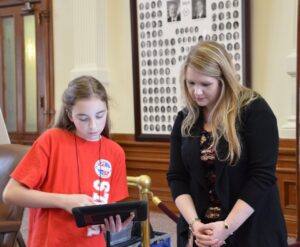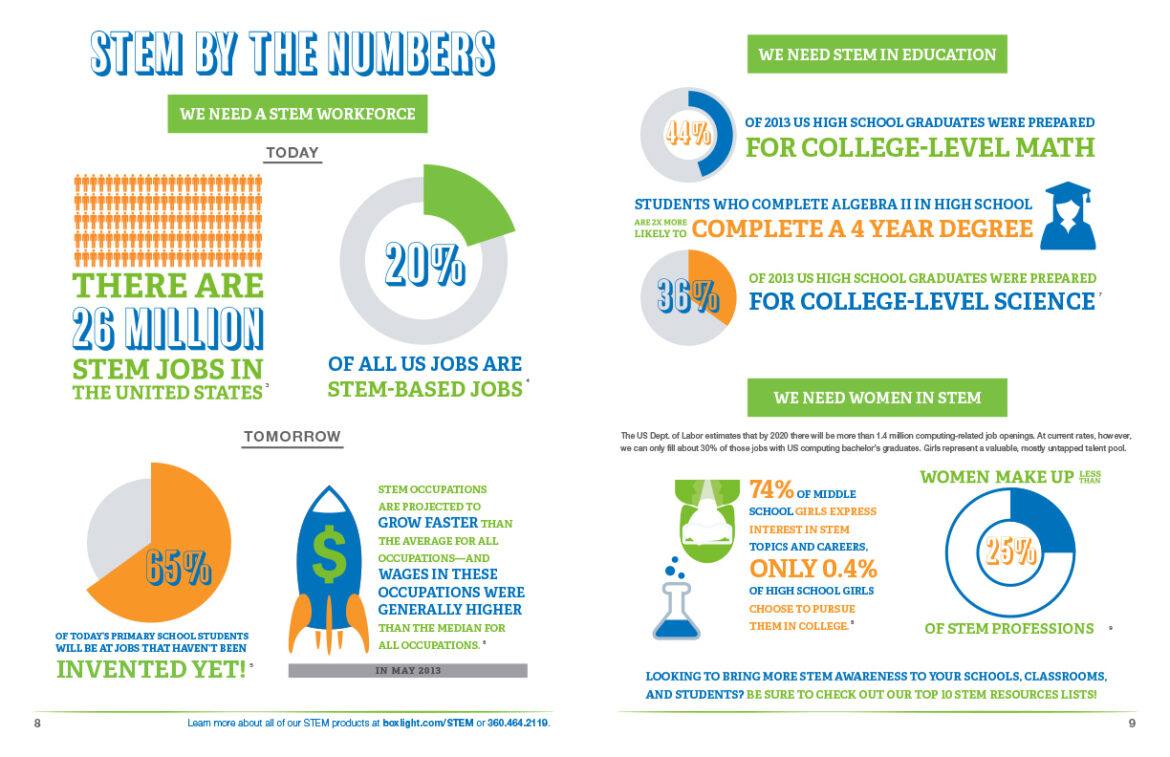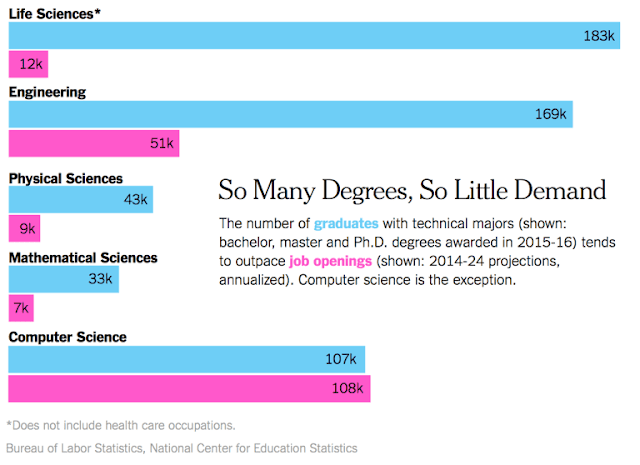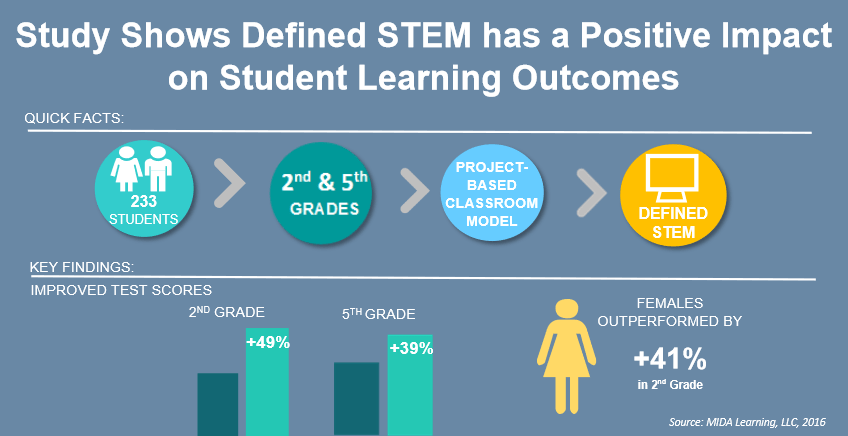To be honest, when I think about coding activities for grades K-8, I don’t normally think about using the skill of creativity to complete them. And yet, that’s what the latest report from Project Tomorrow/Speak Up says. Here are some of the key findings from this report released in May 2019.
Finding #1: Creativity Is an Important Skill
Three-quarters of parents of school-aged children (74%) identified creativity as an important skill for their child to develop in school to be successful in the future. And I think that all educators would agree with this as well. In looking at a future filled with artificial intelligence and robots, creativity is one of the main things that will help humans to distinguish themselves from “the machines.”
“Students from all types of communities and family backgrounds want to learn coding as the means to developing their creativity skills and improving their preparation for future success.”
Finding #2: Coding Helps Develop Creativity
Parents and school district leaders see coding as a good way for students to develop creativity skills. Students agree as well; 58% of students in grades 6-8 say the most important reason to incorporate coding within the school day is to help them develop creativity skills.
Finding #3: All Students Want to Learn to Code
Student interest in learning coding transcends gender, grade level, community type, and home poverty, and that interest is growing. Middle school student interest in learning coding increased by 23% in just three years. So let’s not kid ourselves that coding is only for gifted students or mathematically talented students or boys or girls or wealthy students. Coding is for everyone and should be taught to all students K-8.
Finding #4: Teachers Need Help Teaching Coding
Teachers need easy-to-use tools and classroom support resources to effectively integrate coding as a new form of creative expression across their curriculum. While there are many resources for teaching coding, teaching it from a creativity mindset is not as prevalent. The best way to promote creativity while students are learning coding is to allow them choice, both in what tools they use and in what products they create. Of course, this is managed choice with the teacher helping to ensure that good decisions are being made.
Steve Isaacs, a teacher at William Annin Middle School in Basking Ridge, NJ endorses student choice to not only help his students develop their creativity muscles in an organic way, but also as a way to teach them about how to learn. Mr. Isaacs uses coding around game development as a medium for his students to develop these skills. Most importantly however, he provides ample opportunities within these coding experiences for his students to self-direct their learning.
“When they start creating, I want my students to have choices as to what tools they use and to take learning into their own hands. Even when I guide them through something, they need to take ownership to make the game their own. This is really about teaching kids about how to learn, not just about how to make something based upon my instructions.”
Critical Questions to Ask
How are your students strengthening their creativity skills? How are they being exposed to coding and allowed to choose their own projects to be created? How are you ensuring that all students have the opportunity to learn to code?

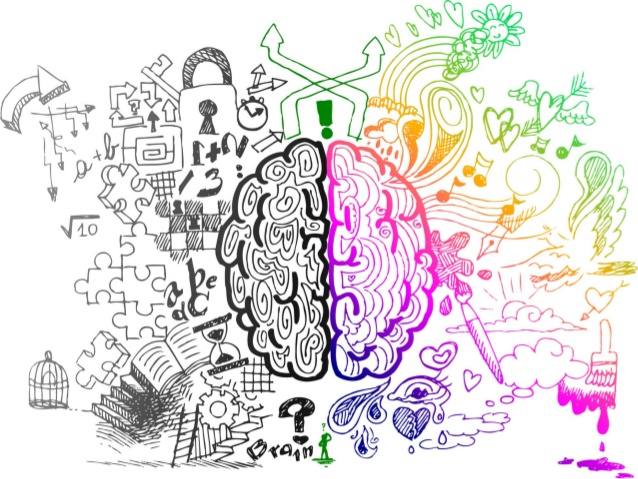
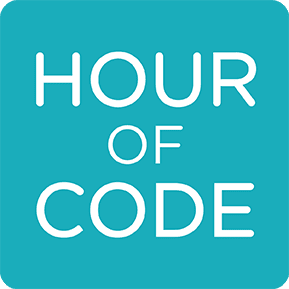
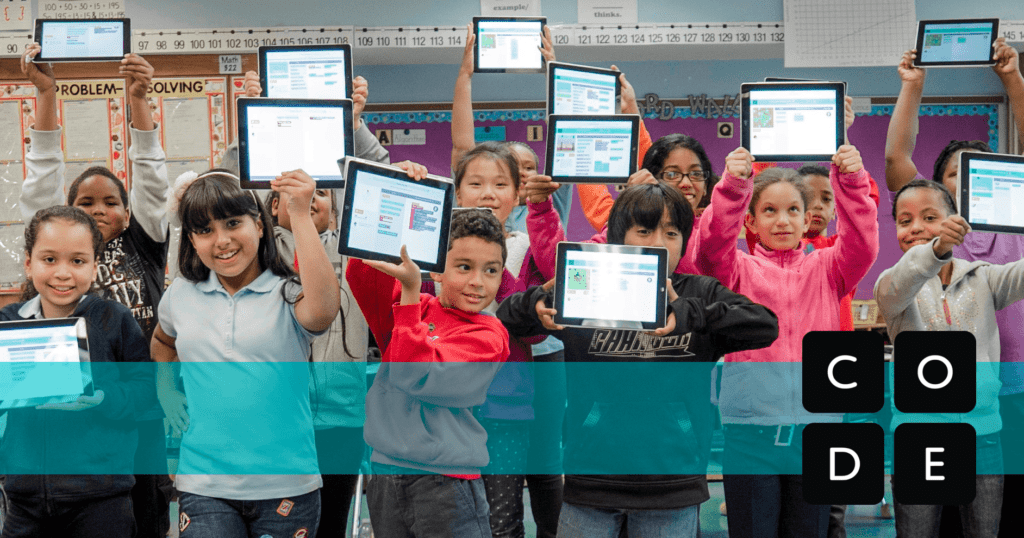
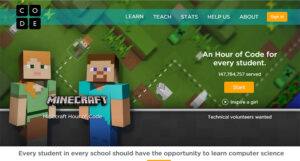 activities are self-guided so you don’t have to know how. You can learn to code at the same time as your participants! All you have to do is select a
activities are self-guided so you don’t have to know how. You can learn to code at the same time as your participants! All you have to do is select a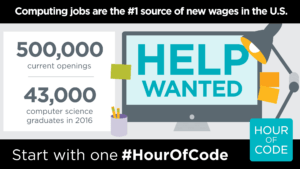 Now that you are all jazzed about hosting an Hour of Code, you want to make sure others know about it. Hour of Code has all types of
Now that you are all jazzed about hosting an Hour of Code, you want to make sure others know about it. Hour of Code has all types of 

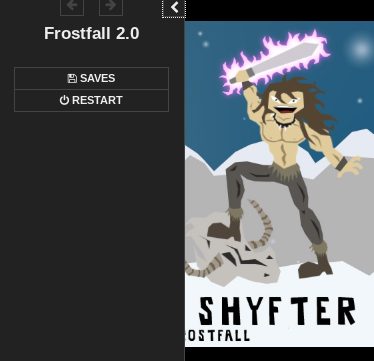
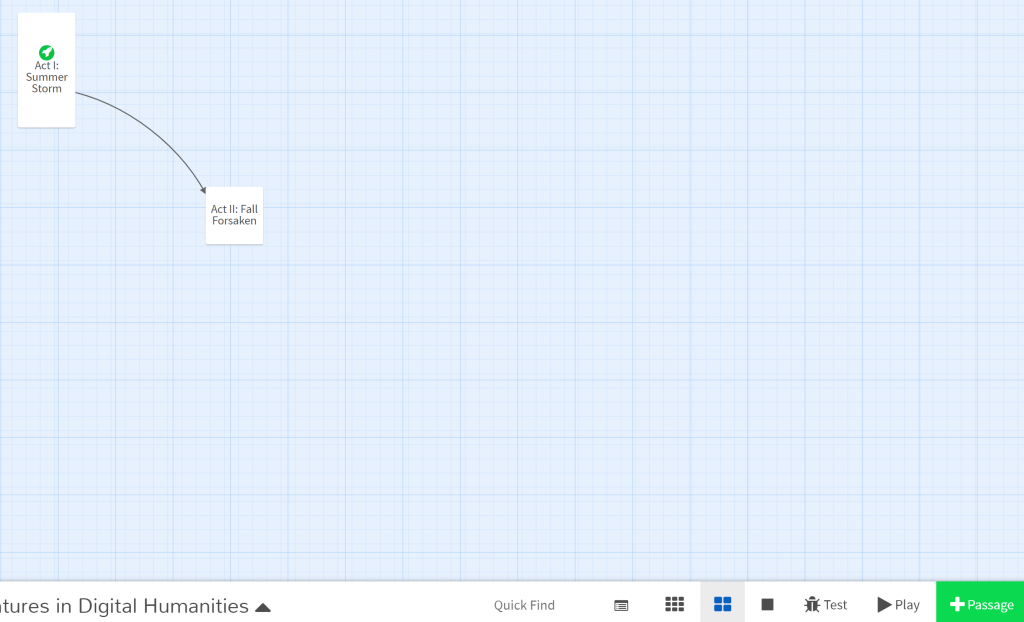

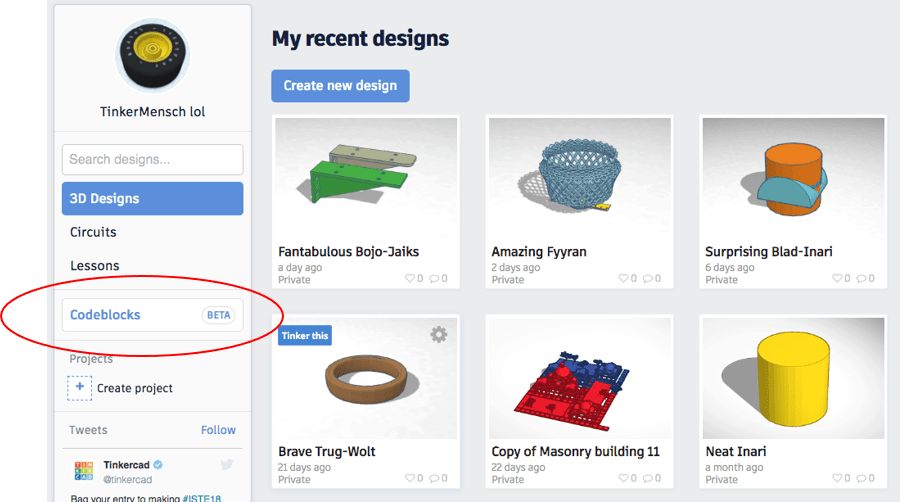

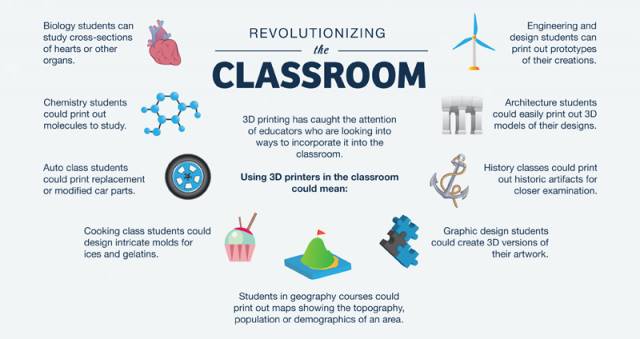

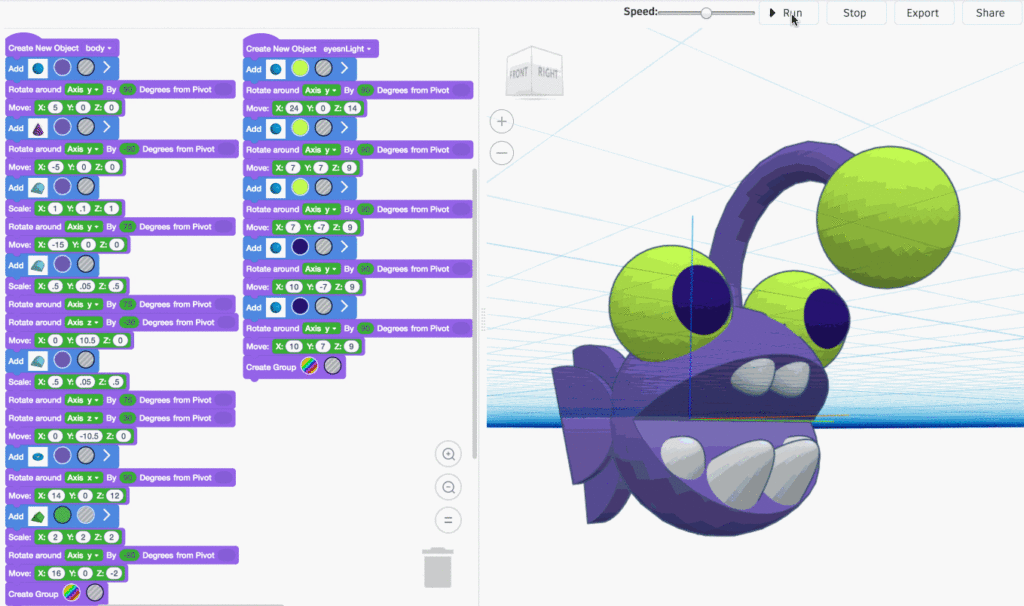
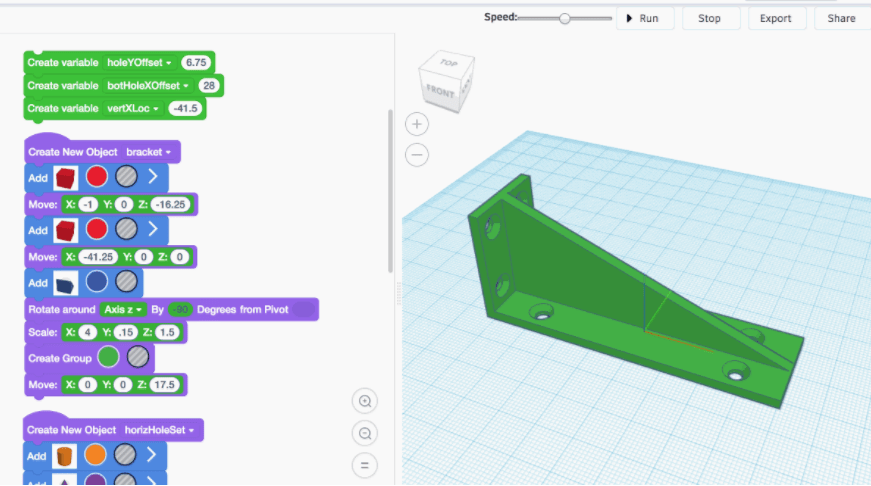
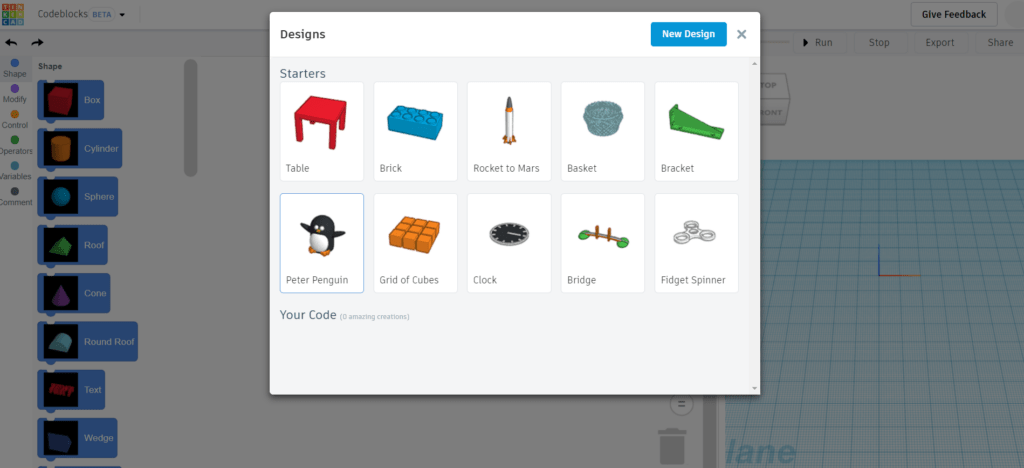
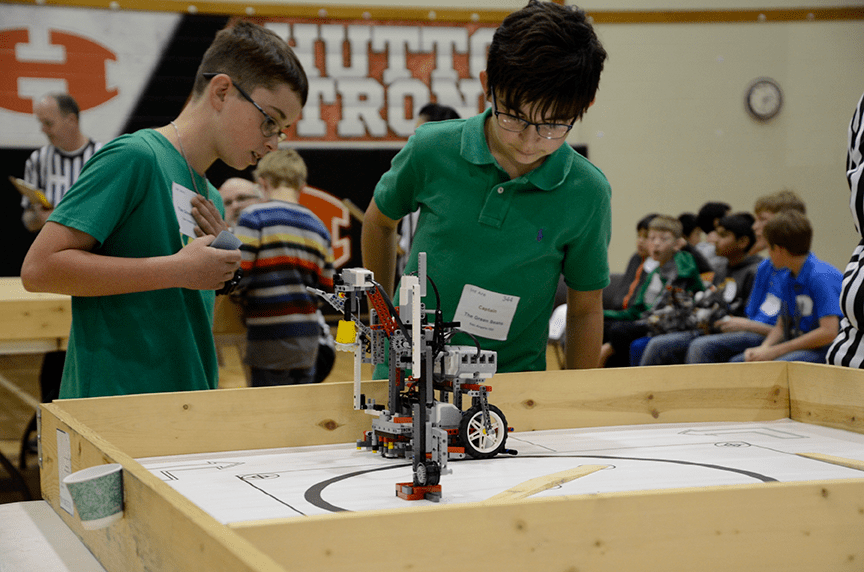
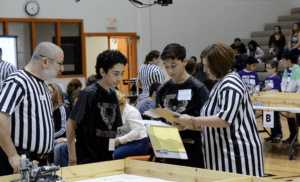 This year’s challenge, Mastering Mars, allowed students the opportunity to task their robots to prepare the Martian environment for human settlement and iron mining. Each team’s robot had to complete as many tasks as they could within the two-minute time frame. Teams were allowed to use one LEGO Mindstorms programmable processing unit, LEGO-branded motors and sensors, other LEGO-branded devices, and non-LEGO parts not to exceed the five dollar limit.
This year’s challenge, Mastering Mars, allowed students the opportunity to task their robots to prepare the Martian environment for human settlement and iron mining. Each team’s robot had to complete as many tasks as they could within the two-minute time frame. Teams were allowed to use one LEGO Mindstorms programmable processing unit, LEGO-branded motors and sensors, other LEGO-branded devices, and non-LEGO parts not to exceed the five dollar limit.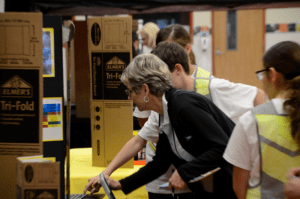 As Arena contestants battled it out for the top spot, Invention participants exercised their creative-thinking skills by designing a robot to solve a real-world problem of their own choosing. From iPotty toilet assistance for the elderly to oil pipe sealing robots, students of all ages let their imaginations run free to create exciting solutions to make the world a better place. Other solutions offered to save lives, assist entomologists to gather insect specimens, and collect dangerous metal objects, among others.
As Arena contestants battled it out for the top spot, Invention participants exercised their creative-thinking skills by designing a robot to solve a real-world problem of their own choosing. From iPotty toilet assistance for the elderly to oil pipe sealing robots, students of all ages let their imaginations run free to create exciting solutions to make the world a better place. Other solutions offered to save lives, assist entomologists to gather insect specimens, and collect dangerous metal objects, among others.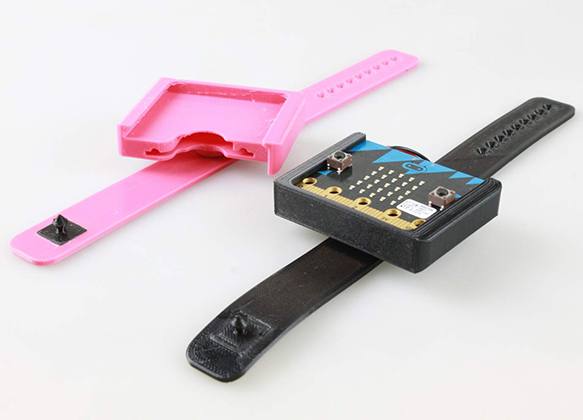
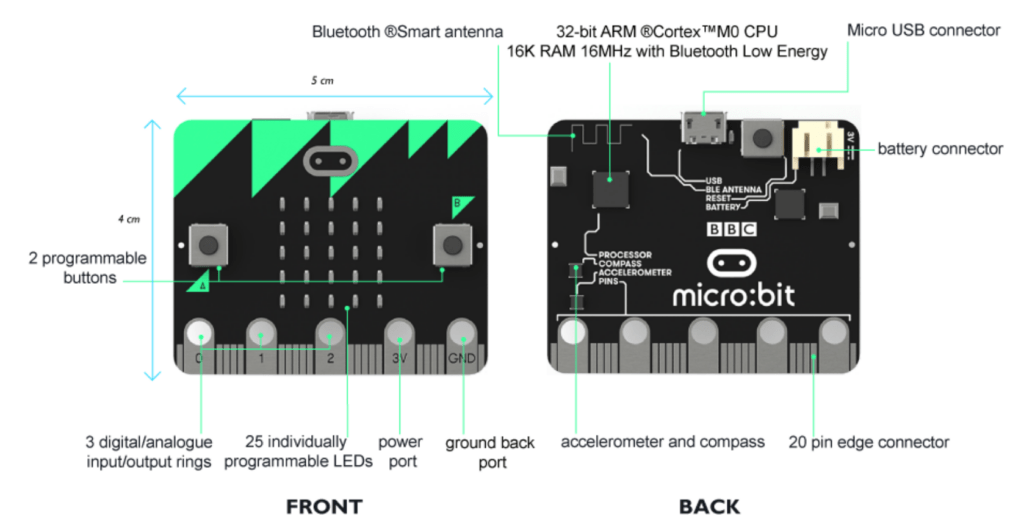
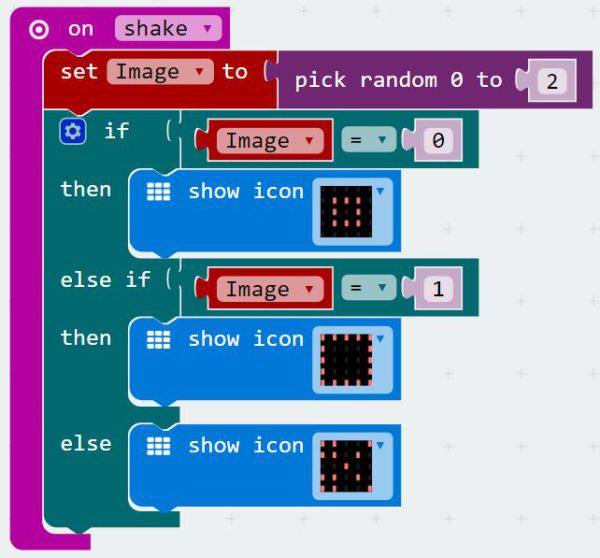
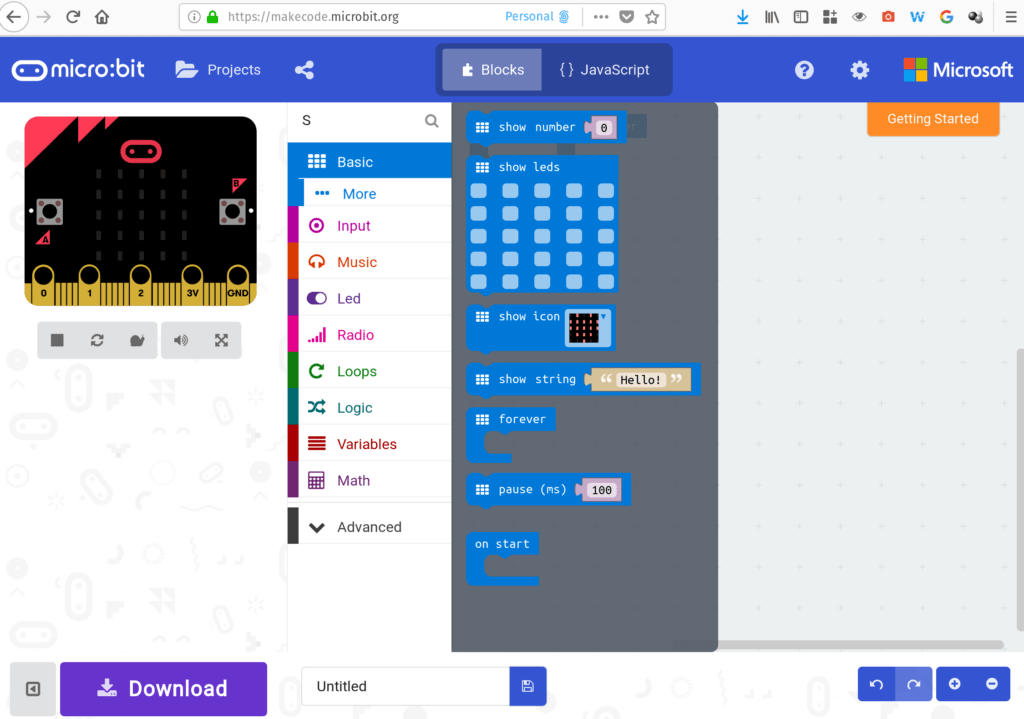
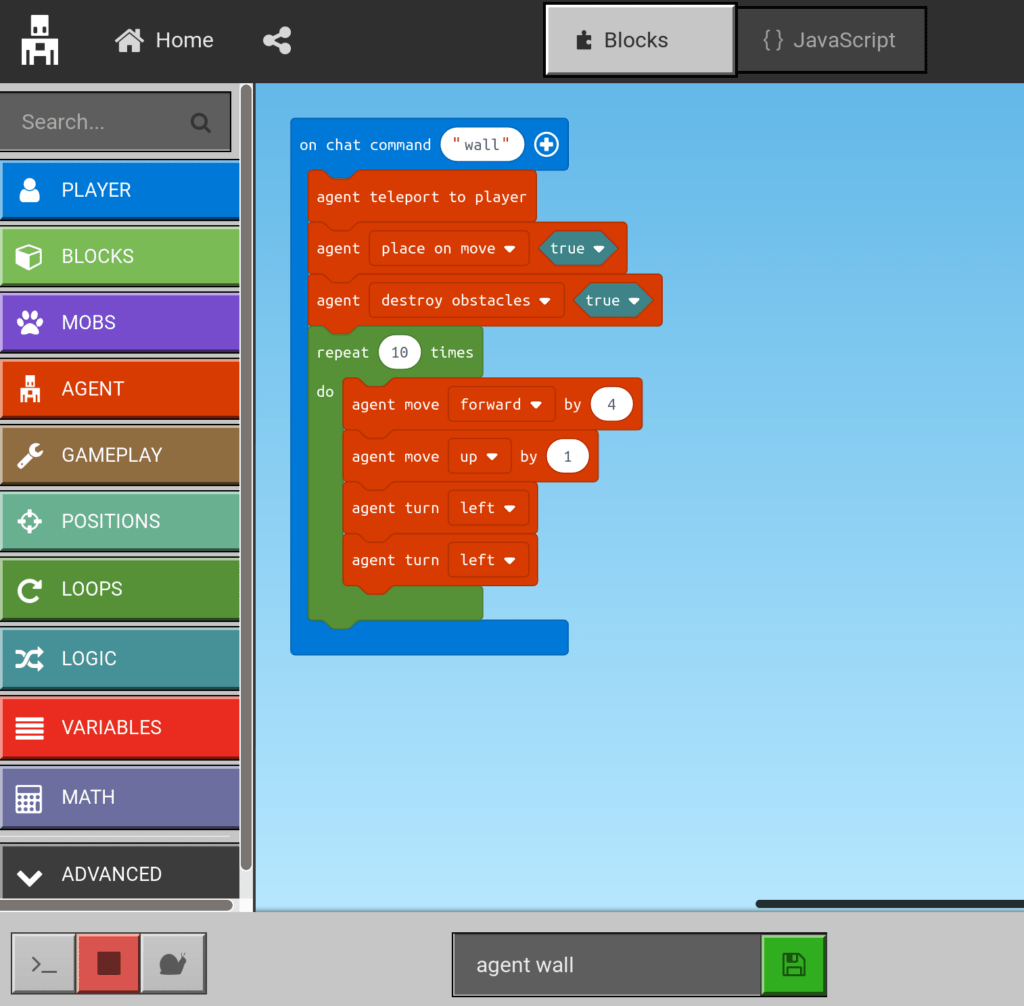
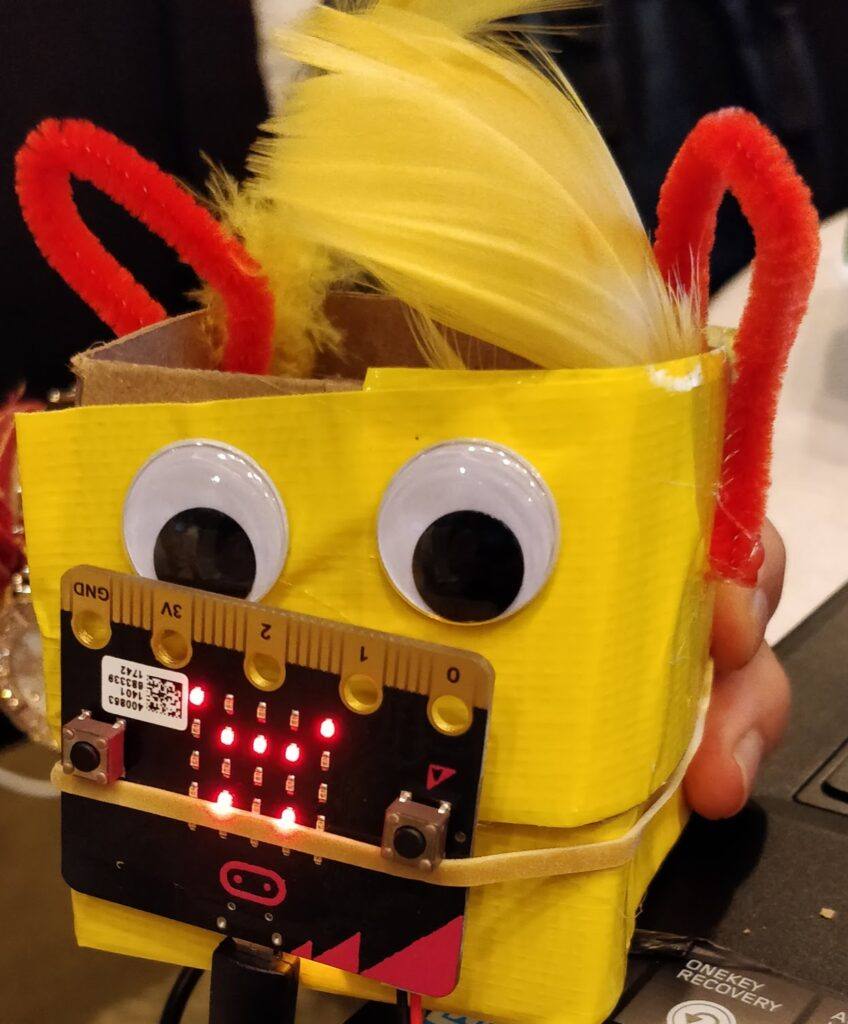
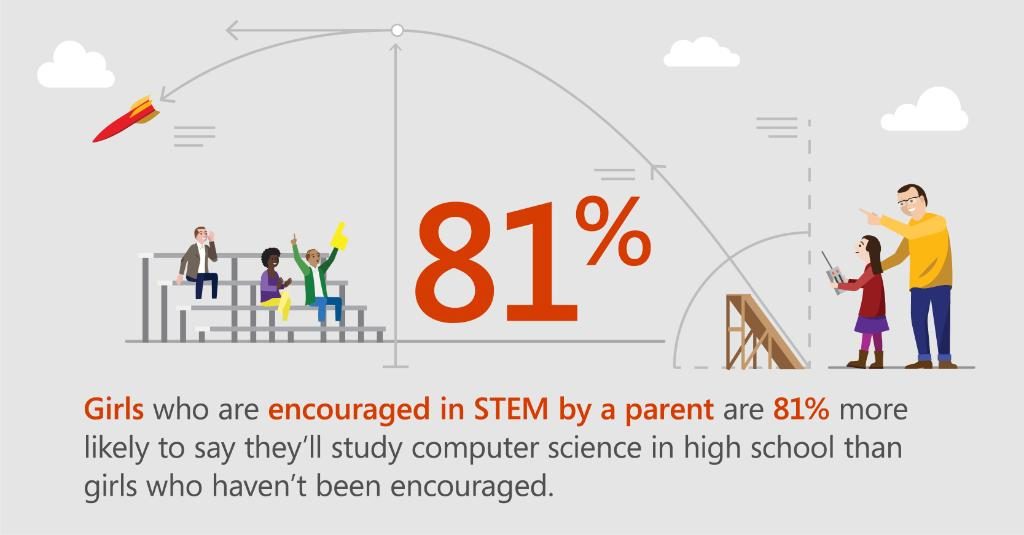
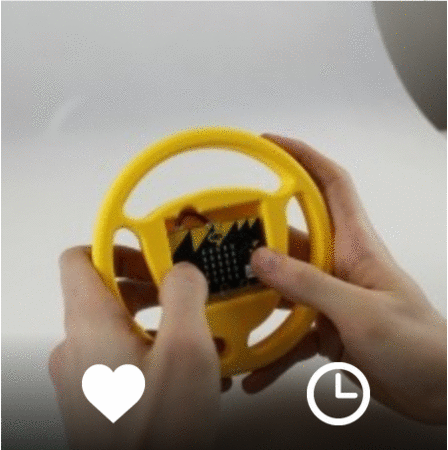
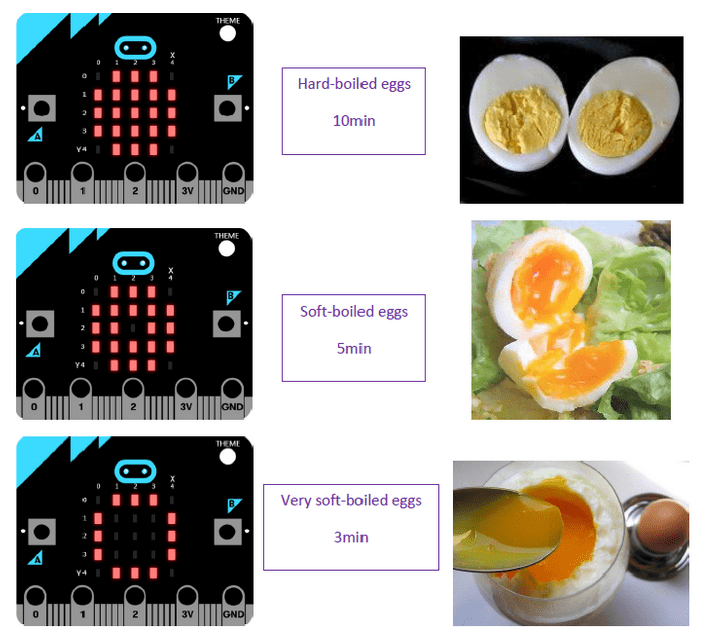 Step 1 : Print your egg timer
Step 1 : Print your egg timer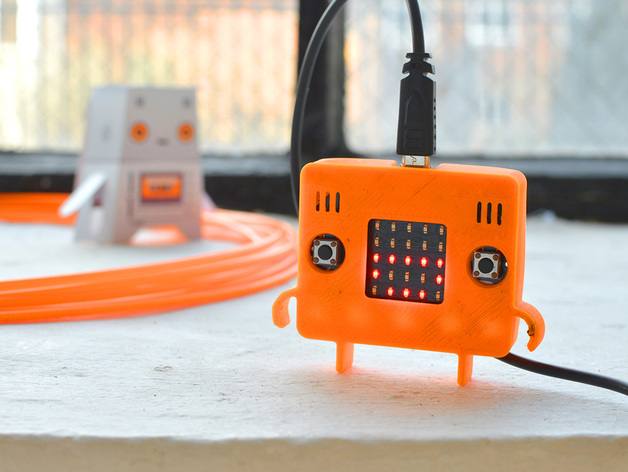

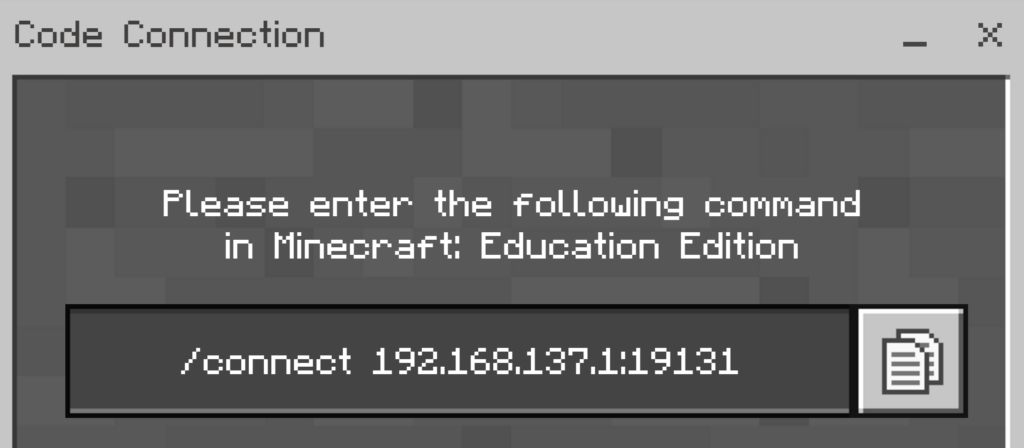
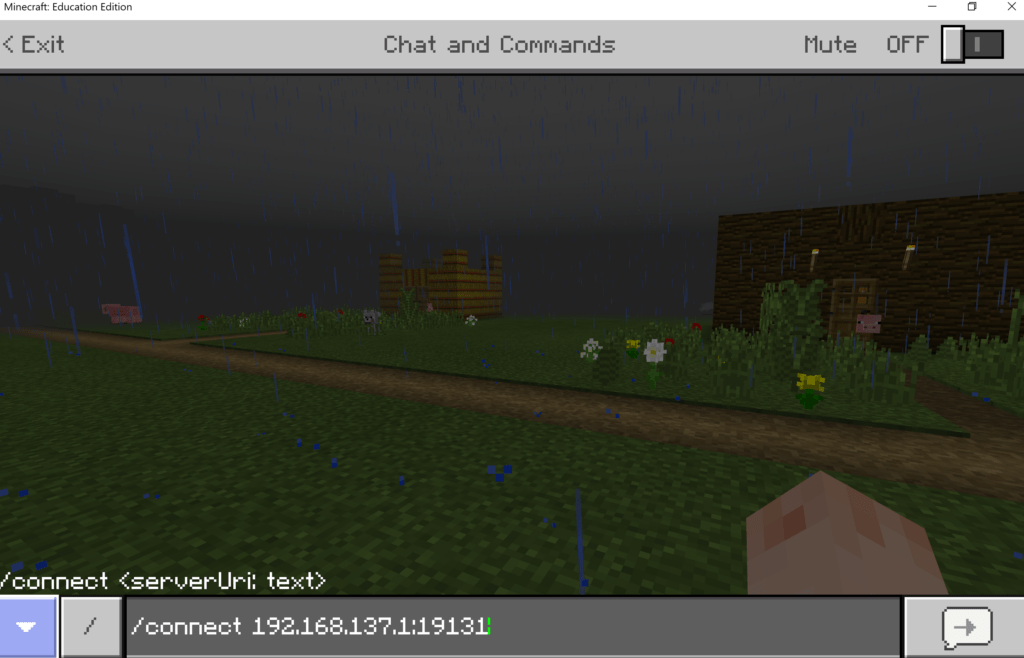
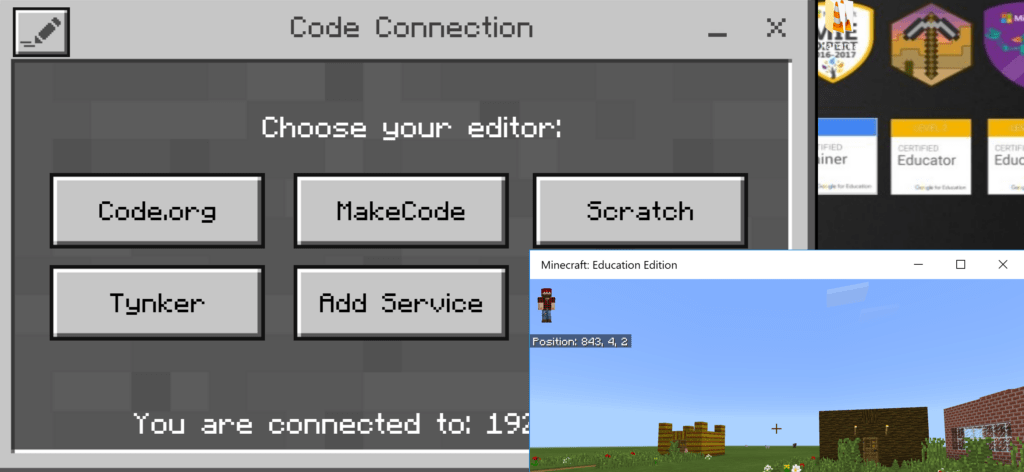
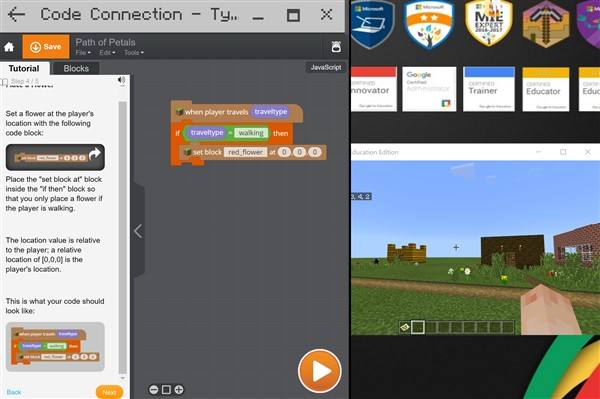
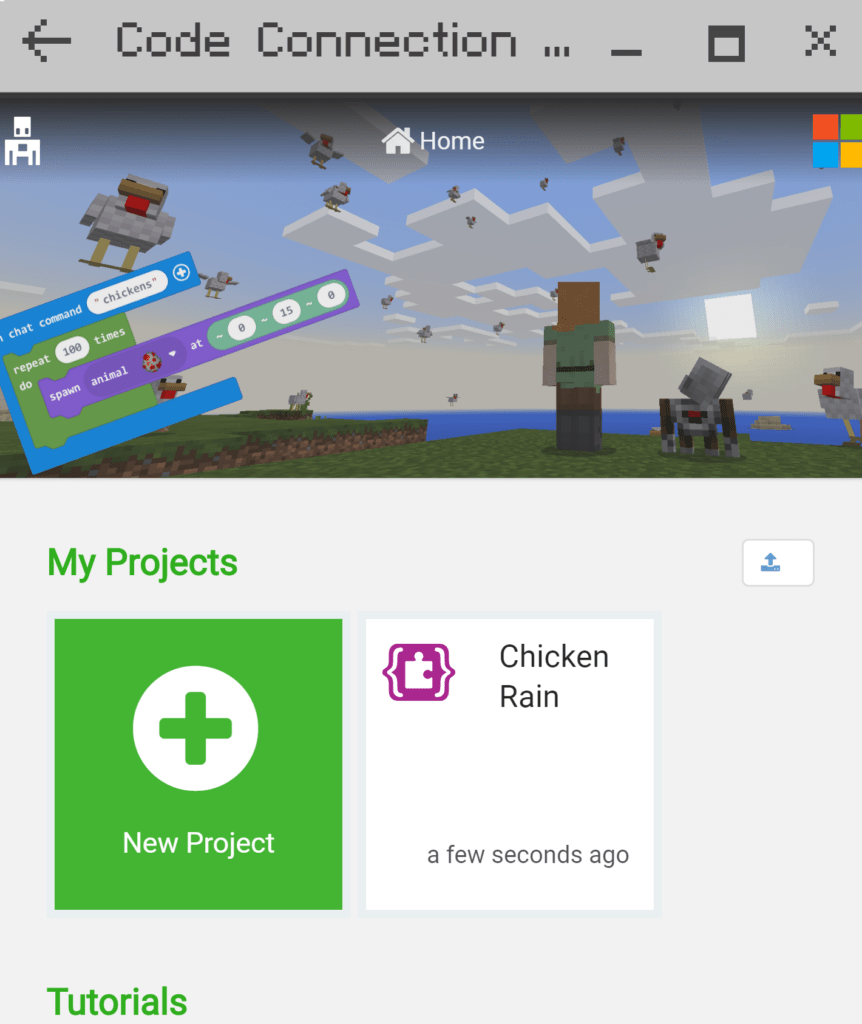
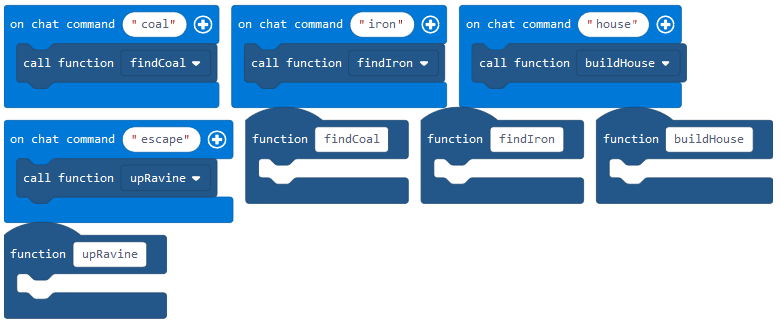

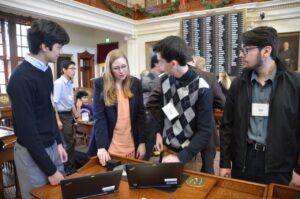 House of Representatives. Students from Richardson, San Antonio, Austin, Pflugerville, Spring Branch, Leander, Hays County, and Lufkin came to the Capitol to demonstrate the different ways students gain coding experience in their elementary, middle, and high schools. They also came to teach state legislators and their staff members how to write their first line of code.
House of Representatives. Students from Richardson, San Antonio, Austin, Pflugerville, Spring Branch, Leander, Hays County, and Lufkin came to the Capitol to demonstrate the different ways students gain coding experience in their elementary, middle, and high schools. They also came to teach state legislators and their staff members how to write their first line of code. 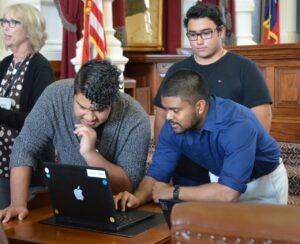 The
The 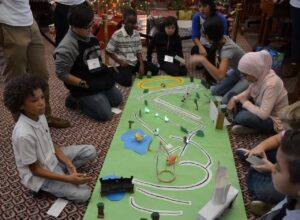 students and listened to some San Antonio elementary students read a story they wrote, as their pre-programmed robots acted out the plot line. In fact, there were a variety of different robots roaming about the floor of the chamber, including: Lego, Sphero, Dot and Dash, Makeblock, Mircobits, and Ozobots. One of the participant’s favorite activities was test driving the code written for a virtual reality experience by the Richardson ISD high school students.
students and listened to some San Antonio elementary students read a story they wrote, as their pre-programmed robots acted out the plot line. In fact, there were a variety of different robots roaming about the floor of the chamber, including: Lego, Sphero, Dot and Dash, Makeblock, Mircobits, and Ozobots. One of the participant’s favorite activities was test driving the code written for a virtual reality experience by the Richardson ISD high school students. 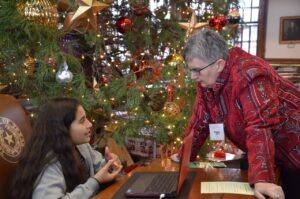 The students also got to hear what it takes to work at Facebook, Google, and Uber. Representatives from these companies spoke to the students over pizza and soft drinks. They highlighted the benefits of working in the tech industry and what it takes to land a job at one of these three companies. It won’t be long before these students will be polishing their resumes and knocking on their doors. The likelihood of these students getting jobs is strong since there are currently over 40,000 unfilled high-tech jobs in Texas. And yet, only 3 percent of high school students took a computer science course last school year.
The students also got to hear what it takes to work at Facebook, Google, and Uber. Representatives from these companies spoke to the students over pizza and soft drinks. They highlighted the benefits of working in the tech industry and what it takes to land a job at one of these three companies. It won’t be long before these students will be polishing their resumes and knocking on their doors. The likelihood of these students getting jobs is strong since there are currently over 40,000 unfilled high-tech jobs in Texas. And yet, only 3 percent of high school students took a computer science course last school year.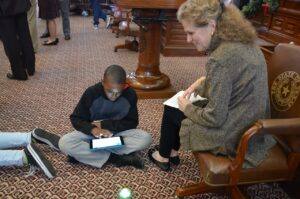 This is why this day was so important. Educating policy makers on the benefits of computer science is critical to enacting policies that can effectively change the dismal statistics. Some of the strategies to increase the opportunities for students to gain computer science skills are:
This is why this day was so important. Educating policy makers on the benefits of computer science is critical to enacting policies that can effectively change the dismal statistics. Some of the strategies to increase the opportunities for students to gain computer science skills are: